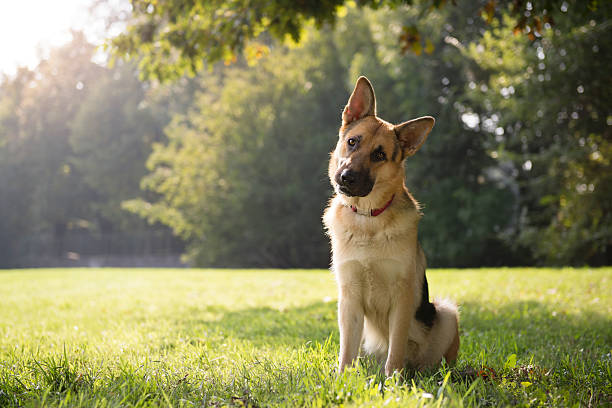Decoding Dog Speak: Unveiling the Secrets of Your Pup's Body Language
Our canine companions may not speak our language, but they have a whole other way of communicating – their body language! Those wagging tails, floppy ears, and furrowed brows speak volumes, but what exactly are they saying? Understanding your dog's body language is key to building a strong bond, ensuring their well-being, and creating a harmonious relationship. So, grab your treats (and maybe a translator!), because we're diving into the fascinating world of dog speak!
The Tail Tells All (But Not the Whole Story):
A wagging tail is often misinterpreted as universal happiness. While a high, loose wag can indeed indicate excitement or joy, a low wag might signify uncertainty or nervousness. A tucked tail, however, is a clear sign of fear or submission. Pay attention to the entire posture – a wagging tail combined with a tense body might mean your pup is conflicted or aroused.
Ear Play: A Symphony of Emotions:
Perked-up ears generally indicate alertness, curiosity, or playfulness. Flattened ears, on the other hand, can signal fear, aggression, or submission. One ear up and one ear down often signifies confusion or a relaxed state. Observe how your dog positions their ears in response to different situations.
The Eyes Have It:
Soft, relaxed eyes with squinted lids usually suggest contentment. However, wide, staring eyes can indicate excitement, fear, or even aggression. Avoid making direct eye contact with a fearful dog, as it can be perceived as a threat. A relaxed gaze with averted eyes often signifies submission or appeasement.
Posture Power:
A dog standing tall with a puffed-out chest exudes confidence, while a cowering posture with tucked limbs indicates fear or submission. A playful bow with a wagging tail is an invitation for play, while a stiff-legged stance with a direct stare might signal potential aggression. Learn to "read" your dog's posture to understand their emotional state.
Beyond the Basics:These are just some key elements of dog body language. Other signs to watch for include:
- Whining: Can indicate pain, anxiety, or excitement.
- Yawning: Can be a sign of stress, appeasement, or even boredom.
- Licking: Can be a sign of affection, but excessive licking might indicate anxiety.
- Hacking: Can be a sign of kennel cough, excitement, or a way to clear a throat.
Building a Bond Through Understanding:
By understanding your dog's body language, you can:
- Respond appropriately: You'll be able to address their needs, whether it's providing comfort, offering playtime, or respecting their fear.
- Strengthen your bond: The more you understand them, the better you can connect and build trust.
- Prevent problems: Recognizing early signs of fear or aggression can help de-escalate situations.
Remember:
Every dog is an individual, and their body language can vary based on breed, personality, and past experiences. Observe your dog in different situations to understand their unique way of communicating. By becoming fluent in "dog speak," you can unlock a deeper level of understanding and build a relationship filled with love, trust, and mutual respect. So, the next time your furry friend gives you a sideways glance or a tail wag, you'll be ready to decipher the message and respond with love!




































